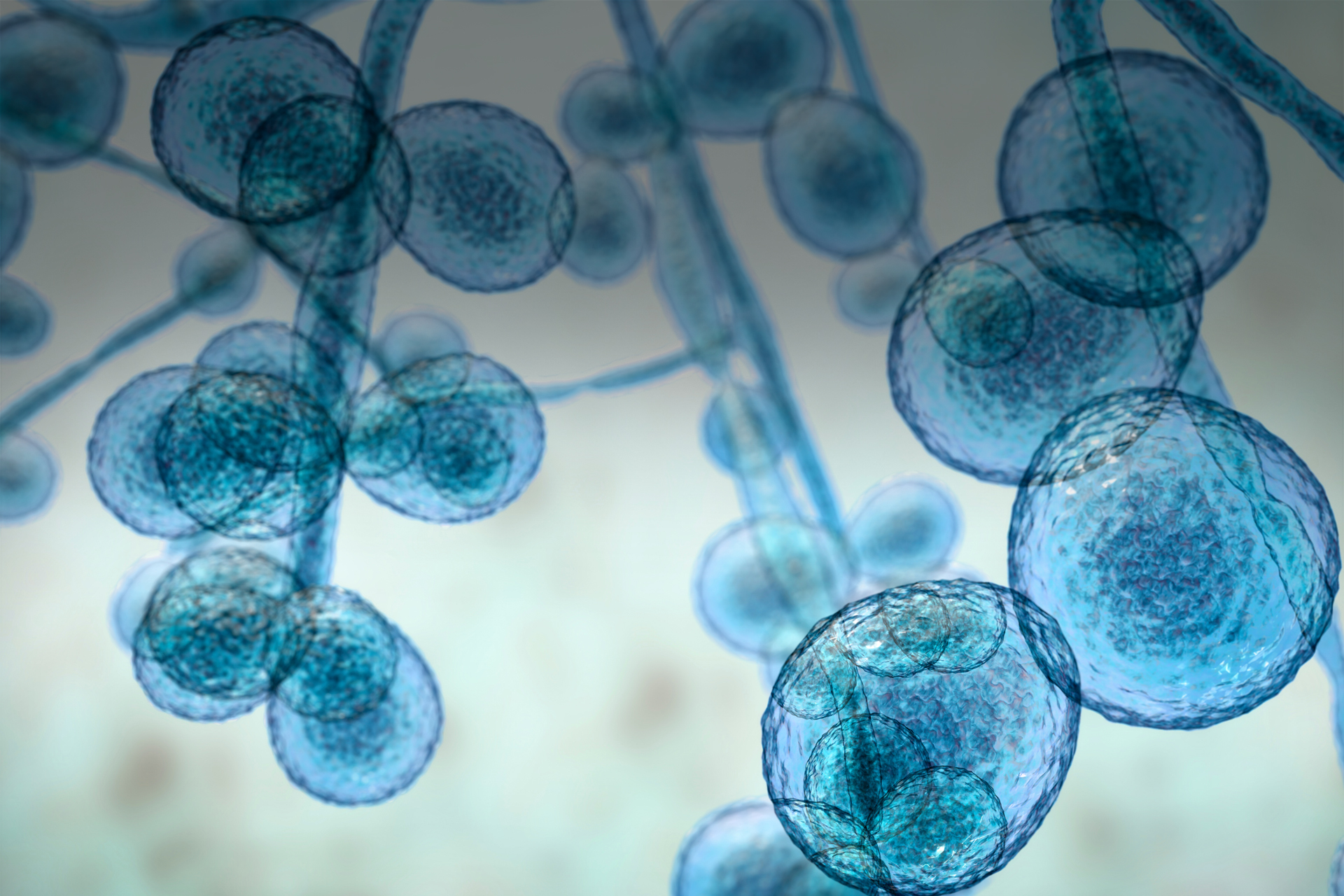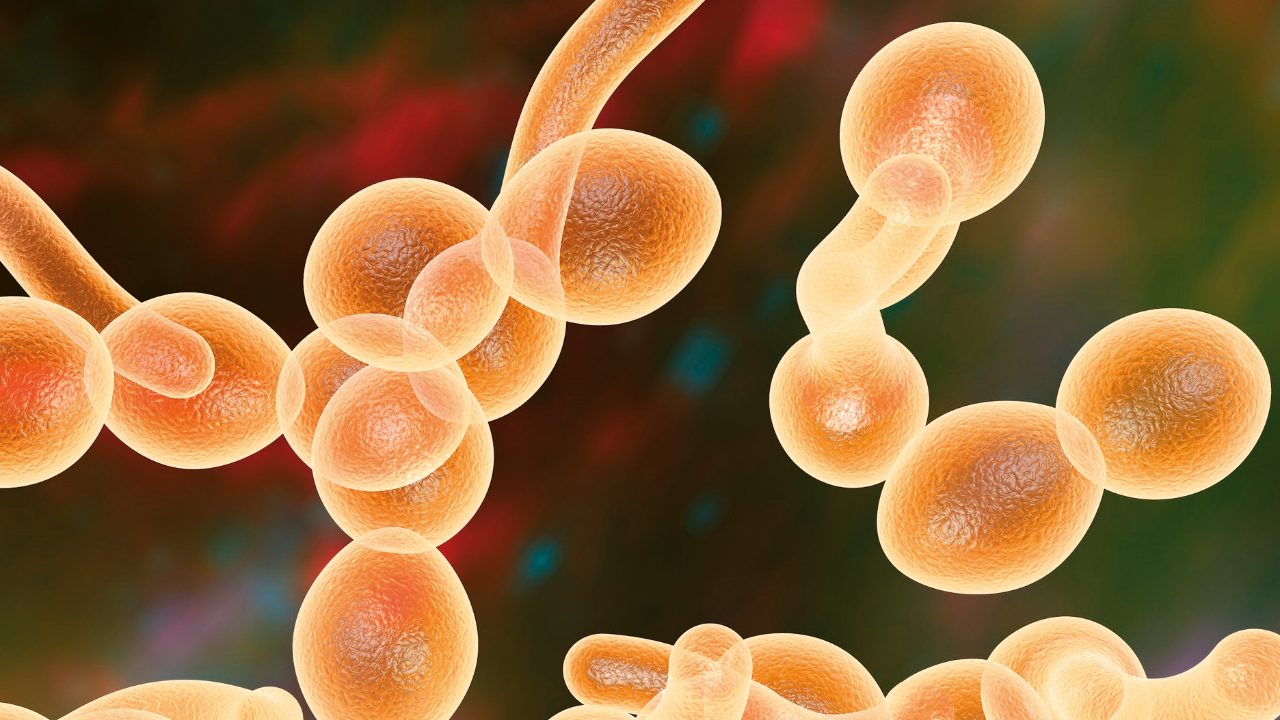

Candida auris – the emerging drug-resistant fungal threat
Rapid identification of Candida auris – the emerging drug-resistant fungal threat
Candida auris (C. auris) is an infectious yeast belonging to the Candida genus which is spreading rapidly in U.S. healthcare facilities, with cases nearly doubling between 2020 and 2021.1 In March 2023, the U.S. Centers for Disease Control and Prevention (CDC) issued C. auris with highest priority classification as an “urgent antimicrobial resistance threat”.1
The World Health Organization (WHO) has also classified C. auris as a critical threat to public health in its inaugural list of fungal "priority pathogens".2 C. auris spreads quickly throughout healthcare settings such as hospitals, where it can lead to potentially deadly outbreaks, particularly in immunocompromised patients. Early identification is essential in helping healthcare facilities take informed intervention strategies fast to help combat transmission.
With cases rising globally, Bruker has developed proven solutions both for broad screening and microbial identification to support effective hospital hygiene management.
Clinical significance of C. auris
Unlike other Candida species, C. auris can be transmitted via both direct and indirect contact, which makes it likely to lead to nosocomial outbreaks that are difficult to control. In healthy people, a C. auris infection is usually harmless and often goes unnoticed, as individuals colonized by C. auris asymptomatically typically remain untested – but, critically, they carry the potential to infect others.
Add to this ease of transmission the resistance of C. auris to commonly used antifungal drugs and the issue is clear: outbreaks are serious – and cases are multiplying.
PCR testing for rapid results
Screening is essential in supporting infection prevention control. The CDC, for example, is actively ramping up laboratory capacity. Because identification of C. auris can be challenging using conventional laboratory tests, specific assays are key in preventing misidentification.3
Bruker’s Fungiplex® Candida Auris Kit, for research use only (RUO)*, is a real-time polymerase chain reaction (PCR) test, which rapidly detects the presence of C. auris deoxyribonucleic acid (DNA) extracted directly from samples, without culture, to deliver results in less than two hours.
Specifically developed to target C. auris, the Fungiplex Candida Auris (RUO) assay does not cross-react with other closely related Candida species and can be used to detect C. auris colonization.
* The Fungiplex® Candida Auris RUO Real-Time PCR Kit is for Research Use Only. Not for use in clinical diagnostic procedures.
Efficient microbial strain typing
While PCR provides a rapid and effective screen to enable early intervention, microorganism strain typing is vital for infection control.
The benchtop Bruker IR Biotyper® system enables efficient microbial strain typing, based on Fourier-Transform infrared (FT-IR) spectroscopy. Its user-friendly workflow delivers rapid strain-level discrimination of microbes from culture to provide a simpler alternative to next-generation sequencing strain typing. Lab productivity is increased through a fast time-to-result, processing 30 samples within three hours. The system offers excellent strain differentiation as well as a low cost per sample.
The IR Biotyper can stand alone for routine hospital hygiene and infection control or can be combined with the Bruker MALDI Biotyper® for parallel microbial species identification.
FDA-approved solution for definitive identification
Matrix-assisted laser desorption/ionization (MALDI) – time of flight (TOF) mass spectrometry (MS) can be used for species- and genus-level microorganism identification in the Bruker MALDI Biotyper® to deliver definitive identification of C. auris.
Based on MALDI-TOF MS and used in combination with a reference organism database, Bruker’s FDA-cleared MALDI Biotyper CA System provides the first test authorized by the U.S. Food and Drug Administration (FDA)4 for definitive identification of C. auris. Microorganisms cultured from patient samples are used to produce a fingerprint-like organism spectrum, which is matched to the reference database for identification – improving laboratory productivity and patient care.4
Pioneering a two-tier system
Healthcare providers are taking note of the risk – and are developing new methodologies and controls to help combat the issue. The world-renowned healthcare institute, Cedars-Sinai Medical Center, is pioneering a two-tier C. auris surveillance program. It features a first-step early warning system in the form of a qualitative PCR assay for rapid high-risk patient identification and control – usually contact prevention to help prevent transmission. The second stage is a method to conduct outbreak investigations and track the circulation of any new variant strain by analyzing the isolated C. auris for strain typing using FT-IR spectroscopy.5
IR spectroscopy distinguishes between different Candida and other yeast organisms, and can enable monitoring of Clade distribution, to guide decisions at early stages.
In comparison with other methods, FT-IR-based strain typing is relatively simple and can help inform clinical decisions. With a highly transmissible disease like C. auris, speed is of the essence, and, here, 30 samples can be analyzed and the results returned within three hours.
The future of patient care
As multi-drug resistant, highly transmissible organisms like C. auris start to take hold, the rapid rise of cases across the globe shows a clear need for surveillance programs supported by effective diagnostic testing.
Specialized testing in the laboratory is needed to identify C. auris, especially as it can be indistinguishable from other Candida species, which can consequently delay preventative action.
Bruker’s proven solutions are set to play a key role in leading an effective response.
References
1 Centers for Disease Control and Prevention (CDC) Newsroom, Increasing threat of spread of antimicrobial-resistant fungus in healthcare facilities, March 20th, 2023. Accessed August 10th, 2023.
2 World Health Organisation (WHO), WHO fungal priority pathogens list to guide research, development and public health action. October 25th, 2022. Accessed August 10th, 2023.
3 Centers for Disease Control and Prevention (CDC), Fungal candida auris index. July 31st, 2023. Accessed August 10th, 2023. (Link no longer functional - 08/07/2024)
4 U.S. Food and Drug Administration (FDA), FDA authorizes new use of test, first to identify the emerging pathogen Candida auris, April 20th, 2018, Accessed August 10th, 2023.
5 Contreras. D., and Morgan, M., “Surveillance diagnostic algorithm using real-time PCR assay and strain typing method development to assist with the control of C. auris amid COVID-19 pandemic,” Front. Cell. Infect. Microbiol., August 31st, 2022, Sec. Clinical Microbiology. Volume 12, 2022.

